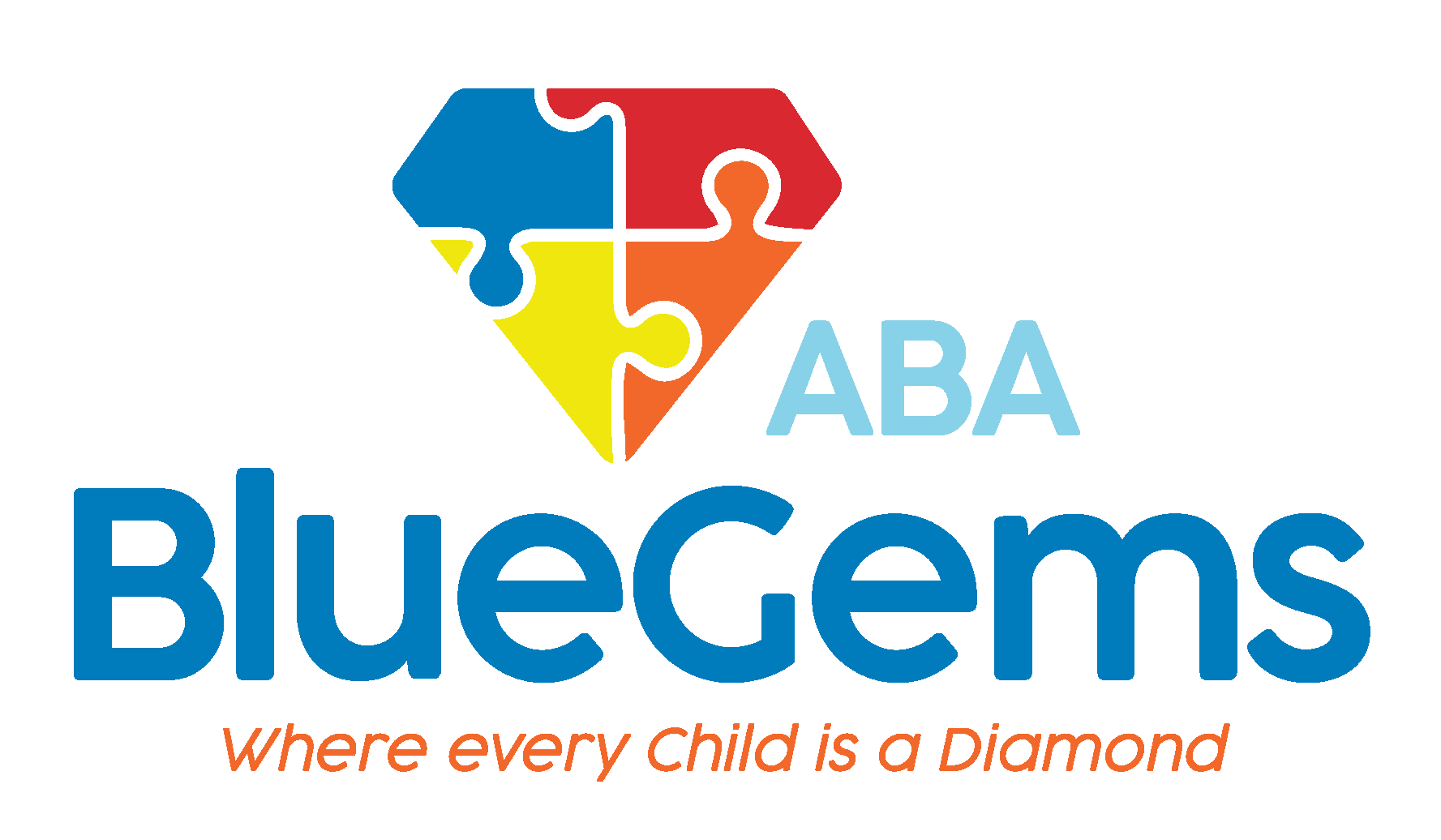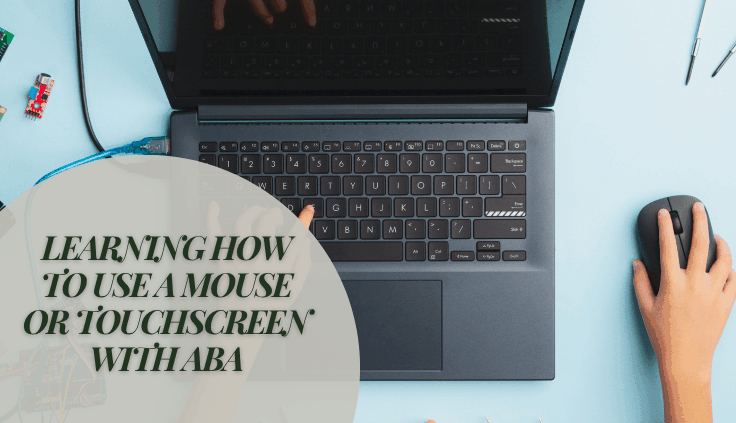Learning How to Use a Mouse or Touchscreen with ABA
In today’s digital-first world, so much of everyday life is reliant on computers. Whether it’s traditional desktops and laptops or smartphones and tablets, it’s hard to navigate many aspects of life without using modern technology.
Even in school, children are being exposed to this technology younger than ever1. In some school districts, children receive a personal smart tablet in elementary school that they take with them throughout their years2.
Many learning lessons and most tests are taken on these tablets, making it no longer an ancillary skill to have but a must.
For children with autism spectrum disorder (ASD), this reliance on modern technology can be a hindrance to learning, simply because they might have trouble controlling the device itself.
In this article, we’ll discuss how applied behavior analysis (ABA therapy) treatment can help children with autism learn how to use a mouse or touchscreen.
Table Of Contents
Why Might It Be Hard for Children with Autism to Use a Mouse or Touchscreen?
Children with autism face many challenges that their neurotypical peers don’t3. So, while all children their age have grown up with the same technology a part of their daily lives, there might be a disconnect with how to use the technology for the children with ASD.
To properly control modern devices, children need to learn and master fine motor skills4. This includes everything from swiping and tapping with their finger on a touchscreen to maneuvering a mouse and clicking if they’re using a traditional desktop computer.

These are tasks that require the development of fine motor skills, which is something that many children with autism struggle with.
In addition, they may not be able to make as easy a connection between what a mouse does on a computer — or a finger on a touchscreen — as easily as their neurotypical peers.
All of this can make teaching children on the autism spectrum how to use a mouse or touchscreen more challenging.
How Does ABA Therapy Teach These Skills?
ABA therapy can help children with autism improve their fine motor skills in a number of ways5. By doing fun activities such as threading beads onto a necklace, therapists can help their patients improve their hand-eye coordination, dexterity and hand strength — all skills that will help them learn how to do other things such as hold a pencil or maneuver a mouse.
Even using a touchscreen device takes fine motor skills, as you need to be able to precisely place and manipulate your fingers so that the device does what you want it to do.
Helping children with autism build their fine motor skills will serve as the building blocks for learning how to use a mouse and touchscreen.
| Skill Area | Challenges for Children with ASD | ABA Strategies Used | Examples |
|---|---|---|---|
| Fine Motor Skills | Struggles with dexterity and coordination | Beading activities, modeling, hand-over-hand guidance | Threading beads, tapping on touchscreen |
| Mouse Control | Difficulty connecting movement with screen response | Task analysis, discrete trial training | Moving cursor, clicking objects |
| Touchscreen Use | Trouble with precise finger placement | Visual aids, step-by-step instruction | Swiping, tapping apps |
| Concept Connection | Delayed understanding of cause-effect | Repetition, reinforcement, modeling | Moving object = object moves on screen |
What Strategies Are Used in ABA Therapy for Mouse and Touchscreen Skills?
There are many strategies that ABA therapists can use to teach mouse and touchscreen skills to children with autism. Discrete Trial Training (DTT)6 and task analysis are two of the most common.
Both of these involve breaking down the skills into smaller steps that are easier for the child to understand and manage. Each individual skill is taught and mastered first before moving onto the next skill, until the child is ultimately able to master the entire skill at once.
The first step in these particular skills is helping children understand the connection between moving a mouse, or touching a screen, and what happens on the screen when they do. Children with autism may not be able to make this connection as quickly as others, yet it’s the basic foundation of how modern devices work.
ABA therapists will focus on this skill first, teaching the child the connection between movement of a mouse or finger touch on a screen and what happens on the screen when they do. They might do simple modeling, use other visual aids and even do hand-over-hand physical touch to show them how it works.
From there, they can progress to the other simple steps involved, such as moving the mouse or touchscreen in specific ways, how to click or tap on an app or program, how to move objects from one spot on the screen to another and more.
For each of these individual steps, the therapist may use different strategies and prompting techniques, based on what works best for the child. They’ll also incorporate positive reinforcement to reward the child for successful attempts, which serves as a motivator to keep them engaged and willing to learn more.
Only once the child is able to master the first step will the therapist move onto the next one in sequential order.
Blue Gems ABA Teaches Children How to Use Modern Technology
Modern technology is all around us, and it’s become an essential tool for everyday life for all people. Children of today will grow up not knowing a life without smartphones, laptops and tablets, so it’s vital that they learn how to use them early on.
At Blue Gems ABA, our team of experienced therapists teaches children with autism how to use modern technology when appropriate, honing their skills in using a mouse or touchscreen. Through various strategies, we build up these critical skills so they can live a more productive, healthy and fulfilling life, as independently as possible.
To learn more, please contact us today.
References
- https://www.gcu.edu/blog/teaching-school-administration/how-using-technology-teaching-affects-classrooms
- https://www.edweek.org/technology/heres-how-many-elementary-students-have-their-own-cellphones-and-tablets/2025/02
- https://educationonline.ku.edu/community/social-difficulties-in-autism-spectrum-disorder
- https://pmc.ncbi.nlm.nih.gov/articles/PMC10296991/
- https://www.autismspeaks.org/applied-behavior-analysis
- https://pmc.ncbi.nlm.nih.gov/articles/PMC3592489/




